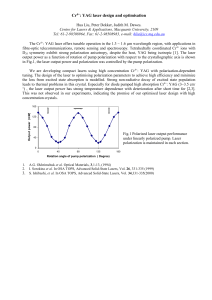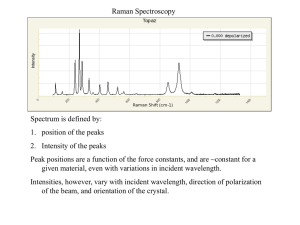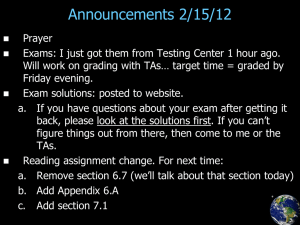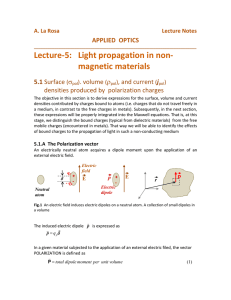Palomar Adaptive Optics Test Plan Title Polarization test
advertisement
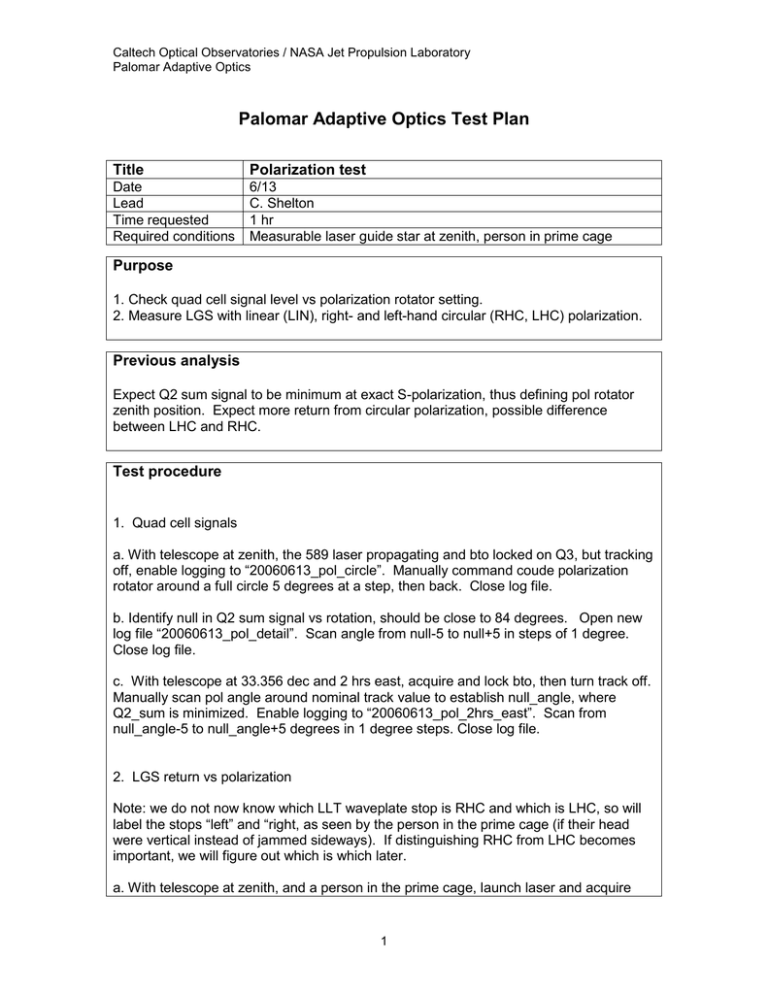
Caltech Optical Observatories / NASA Jet Propulsion Laboratory Palomar Adaptive Optics Palomar Adaptive Optics Test Plan Title Polarization test Date Lead Time requested Required conditions 6/13 C. Shelton 1 hr Measurable laser guide star at zenith, person in prime cage Purpose 1. Check quad cell signal level vs polarization rotator setting. 2. Measure LGS with linear (LIN), right- and left-hand circular (RHC, LHC) polarization. Previous analysis Expect Q2 sum signal to be minimum at exact S-polarization, thus defining pol rotator zenith position. Expect more return from circular polarization, possible difference between LHC and RHC. Test procedure 1. Quad cell signals a. With telescope at zenith, the 589 laser propagating and bto locked on Q3, but tracking off, enable logging to “20060613_pol_circle”. Manually command coude polarization rotator around a full circle 5 degrees at a step, then back. Close log file. b. Identify null in Q2 sum signal vs rotation, should be close to 84 degrees. Open new log file “20060613_pol_detail”. Scan angle from null-5 to null+5 in steps of 1 degree. Close log file. c. With telescope at 33.356 dec and 2 hrs east, acquire and lock bto, then turn track off. Manually scan pol angle around nominal track value to establish null_angle, where Q2_sum is minimized. Enable logging to “20060613_pol_2hrs_east”. Scan from null_angle-5 to null_angle+5 degrees in 1 degree steps. Close log file. 2. LGS return vs polarization Note: we do not now know which LLT waveplate stop is RHC and which is LHC, so will label the stops “left” and “right, as seen by the person in the prime cage (if their head were vertical instead of jammed sideways). If distinguishing RHC from LHC becomes important, we will figure out which is which later. a. With telescope at zenith, and a person in the prime cage, launch laser and acquire 1 Caltech Optical Observatories / NASA Jet Propulsion Laboratory Palomar Adaptive Optics LGS star on acquisition camera. b. For polarization settings of (linear, left, right, linear, left, right, linear, left, right) do the following : Shutter laser, set LLT waveplate to chosen setting, propagate laser Perform photometry on acquisition camera. c. Do a quick check of data, determine which setting gives most return, shutter laser, move waveplate to that setting and leave it there. Person in prime cage comes down. Results and conclusions 2

